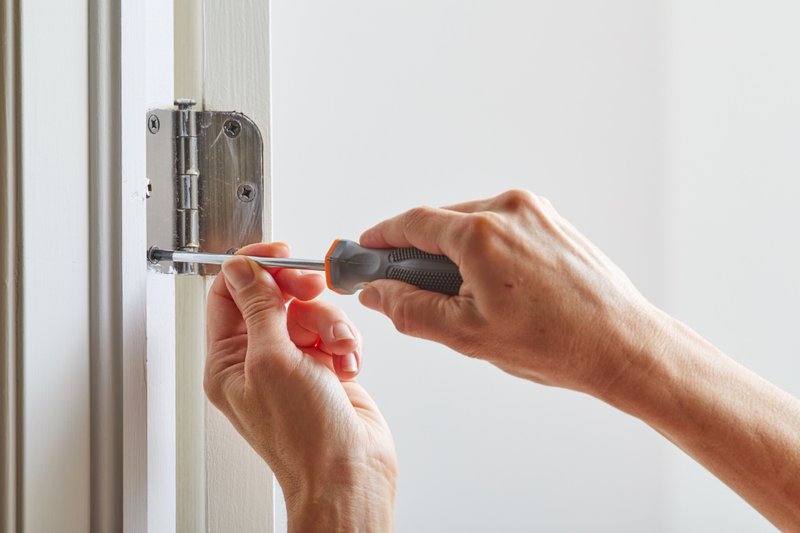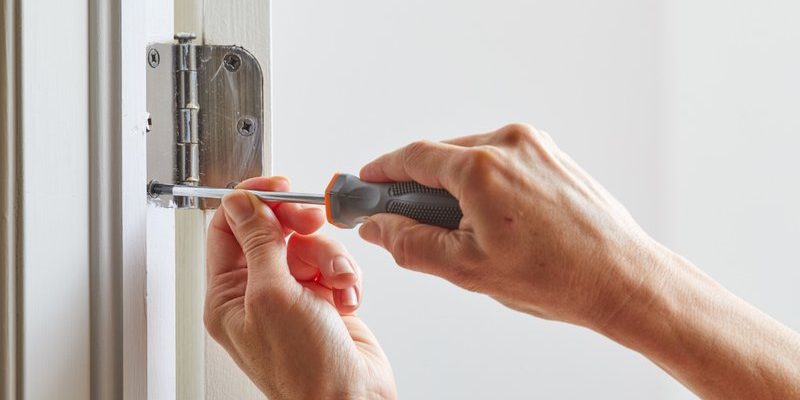
Now, let’s think about door hinges as the unsung heroes of your home. They help your doors swing smoothly, but when they start to malfunction, the result can be anything but smooth sailing. Whether your door is coming off its hinges or just making too much noise, understanding how to troubleshoot the issue can save you from future headaches. In this guide, we’ll walk through various steps and solutions to stop that door from slamming, so you can enjoy those quiet moments at home.
Understanding the Problem: Why Is Your Door Slamming?
You might be wondering what exactly causes a door to slam. It’s simple: the door hinge—the pivot point that allows the door to open and close—can become misaligned or worn over time. If the hinge is loose, rusted, or damaged, it can make the door swing aggressively. Think of it like a person trying to walk with a shoe that’s coming apart; it just doesn’t work right.
Another factor is the door’s weight and the type of material it’s made from. Heavier doors, like solid wood, are more prone to slamming if the hinges aren’t up to the task. Additionally, external forces, such as wind, can push against the door and cause it to shut more forcefully than intended. If the door feels like it has a mind of its own, it’s time to put on your troubleshooting hat!
Identifying Which Hinge Is Causing The Issue
First things first, you need to pinpoint where the problem lies. Is it one hinge or all of them? Start by inspecting each hinge closely. Look for signs of wear and tear—rust, missing screws, or bent parts. Here’s how you can check:
- Visually inspect: Check each hinge for rust or damage.
- Listen: Open and close the door slowly. Do you hear any squeaking or grinding? This might indicate a need for lubrication.
- Test the movement: With the door open, gently push on it. If it wobbles, that’s a sign the hinge could be loose or misaligned.
By understanding which hinge is the culprit, you’ll know where to focus your energy to resolve the issue. Remember, not every hinge is created equal, and sometimes merely needing a little adjustment can make all the difference.
Simple Fixes to Stop the Door From Slamming
Now that you’ve identified the issue, it’s time to dive into some fixes. Many times, a few simple adjustments will handle the problem without needing to replace your hinges altogether:
- Tighten Loose Hinges: Use a screwdriver to tighten any screws that are loose. This is often a quick fix.
- Add Lubrication: Apply a lubricant like WD-40 or a silicone spray to the hinges. This reduces friction and helps the door swing smoothly.
- Adjust the Hinge Plates: If the hinges are misaligned, you can adjust the plates by loosening the screws and repositioning them slightly.
Making these changes can help eliminate the slamming and create a quieter environment. While these fixes seem straightforward, they can significantly improve the longevity and performance of your door hinges.
When to Replace the Door Hinge
Sometimes, no amount of tightening or lubricating will solve the problem. If your hinges are badly rusted, warped, or broken, it’s time to consider a replacement. Here’s how to tell if you need to take that step:
- Severe Rust or Damage: If you see significant rust or the hinge itself is cracked, replacement is necessary.
- Excessive Wear: If the hinge is an old model, it may not work as effectively anymore. Sometimes, it’s best to upgrade.
- Difficulty Adjusting: If you’ve tried adjusting and can’t get it right, a new hinge might do the trick.
Replacing door hinges is not a massive project—you can usually do it yourself with basic tools. Just make sure you choose a hinge that matches the weight and style of your door for optimal performance.
Preventing Future Hinge Issues
Once you’ve dealt with the initial problem, it’s essential to prevent future issues. Maintenance is key! Here are some helpful tips to keep your door hinges in tip-top shape:
- Regular Inspections: Check your hinges every few months for signs of wear or damage.
- Keep Them Clean: Wipe off dirt and debris that can build up on the hinges, causing wear over time.
- Lubricate Annually: Just like an oil change for your car, use a lubricant at least once a year to keep things running smoothly.
Preventive care can extend the life of your hinges and ensure you won’t have to deal with slamming doors in the future.
Using Door Stops As A Solution
If you’re looking for an alternative solution to slamming doors, consider using a door stop. These little devices can be a simple and effective way to prevent your door from swinging shut too hard. Here’s why they can be helpful:
- Variety of Styles: From rubber wedges to automatic door closers, there are many options to suit your needs.
- Adjustable Protection: Many door stops are designed to be adjustable, allowing you to control how far the door swings open.
- Easy Installation: Most door stops require minimal effort to install, making them a user-friendly solution.
Using a door stop can be a quick fix while you work on addressing any issues with the hinges. Plus, it adds an extra layer of safety, especially if you have children or pets at home.
Wrapping Up: Enjoy Peaceful Door Operation
A slamming door doesn’t have to be a source of frustration. By understanding how your door hinges work and taking the necessary troubleshooting steps, you can reclaim your peaceful environment. Whether you opt to tighten, replace, or simply lubricate those hinges, a little effort goes a long way.
So, the next time you hear that loud bang, don’t panic. Remember what you’ve learned here, roll up your sleeves, and get to work. With a few simple adjustments, you’ll soon enjoy a home where every door opens and closes smoothly—without any dramatic flair.
